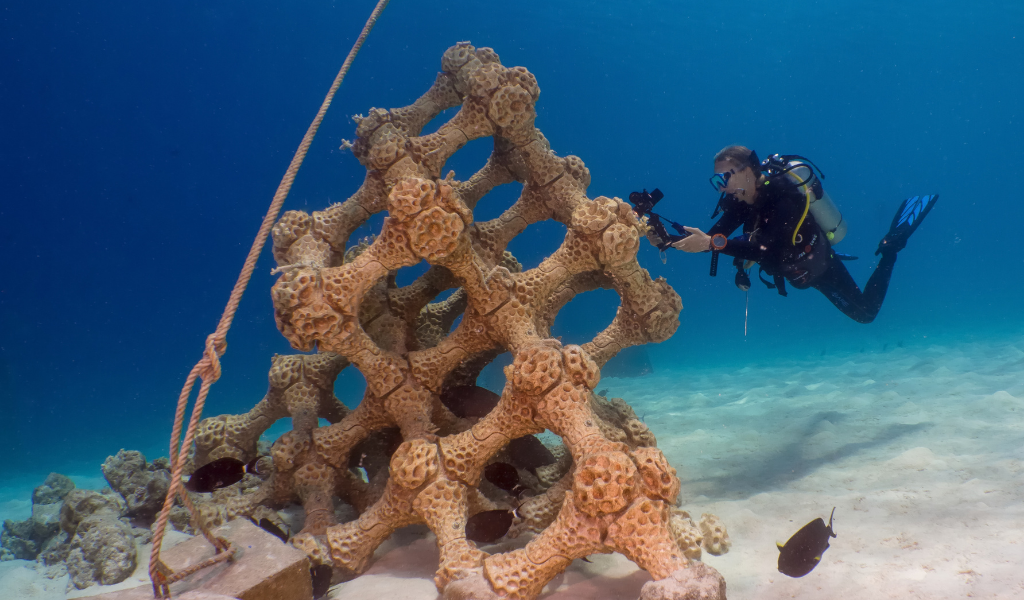

The World's Largest 3D Printed Reef is Officially in Summer Island Maldives - Guinness World Records
Sunday 28th of March 2021
In 2018, the first 3D printed moulds filled with concrete were submerged seven meters below the water surface in the ‘Blue Lagoon’ of Summer Island Maldives. As of today, this structure has officially been recognized by The Guinness Book of World Records as the largest of its kind in the world, marking its slot into the Guinness List of World Records this year.
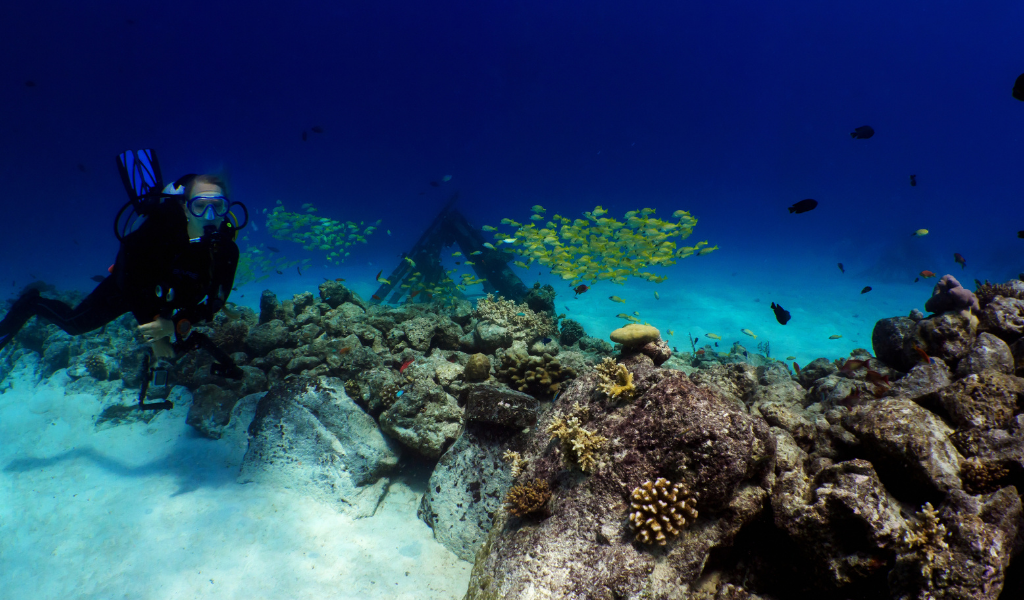
Maldives being the world’s lowest lying nation makes it extremely vulnerable to the ongoing climate crisis. Any change in sea levels and global temperature is bound to take its first toll in the fragile Maldivian ecosystem.
In order to battle the threats faced by our coral reefs, the 3D Printed Reef project initiated by Alex Goad of Reef Design Lab in Melbourne, Australia explored how new technologies such as 3-D printing can be used to protect the Maldives and its diminishing coral reefs.
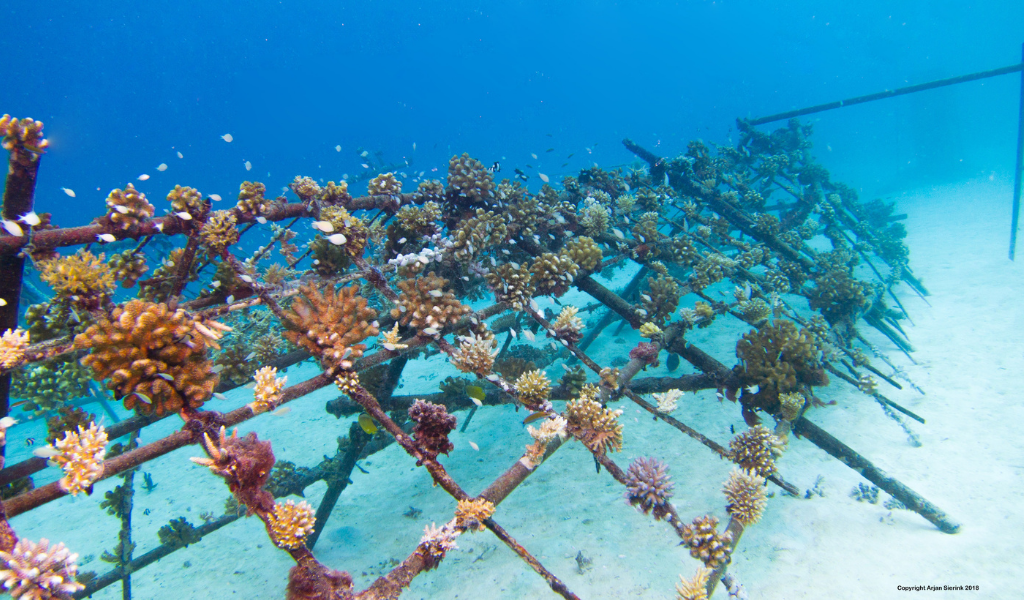
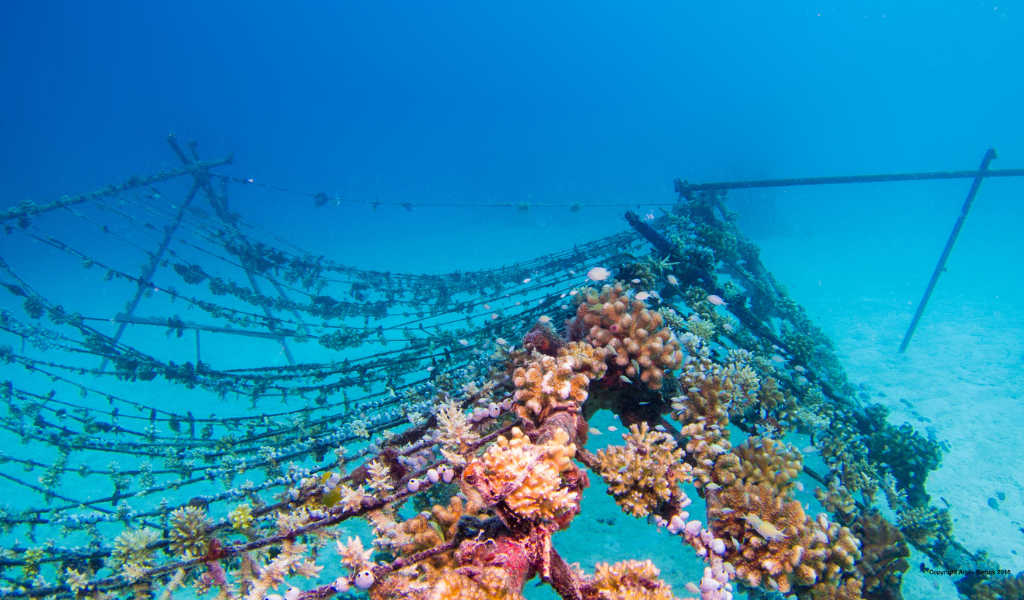
The ‘Blue Lagoon’ was a sandy part of the island’s vast lagoon which the resort identified as an ideal location to grow the new Printed Reef ecosystem. A large 3-D printer worked tirelessly for 24 hours moulding the structures out of ceramic, an inert substance similar to the calcium carbonate found in coral reefs. Once submerged, coral fragments from the resort’s existing coral nursery are then transplanted on to the moulds.
Sharing her gratitude and thoughts on this esteemed recognition, Summer Island Resort Manager, Maria Shareef said, “While it is rewarding that our 3-D reef is being recognized worldwide, it is important to remind ourselves of the tremendous amount of work that needs to be done to safeguard our environment.”
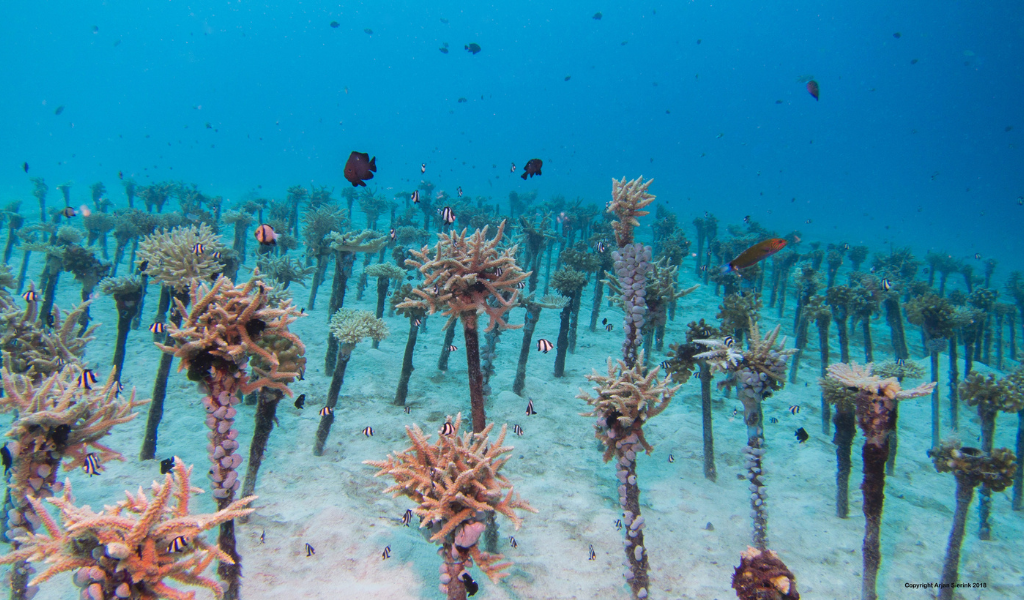
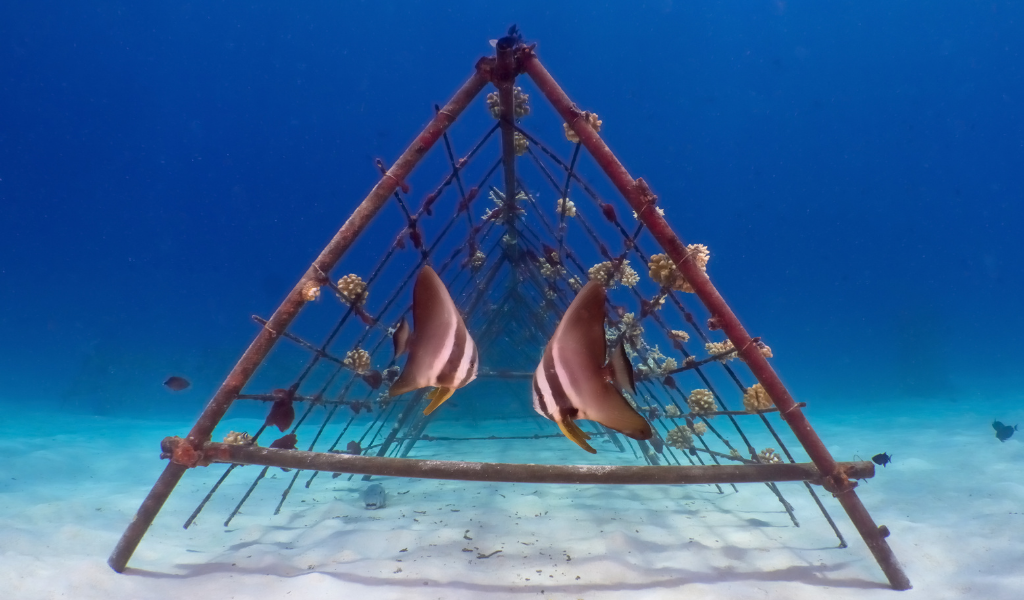
Mari highlighted the many important environmental initiatives taken by the resort to phase out single-use plastic items such placing a ban on using straws, bottles and bags made of plastic on the island. “We are continuously looking at innovative ways to push ourselves to be better guardians of the environment,” Mari said.
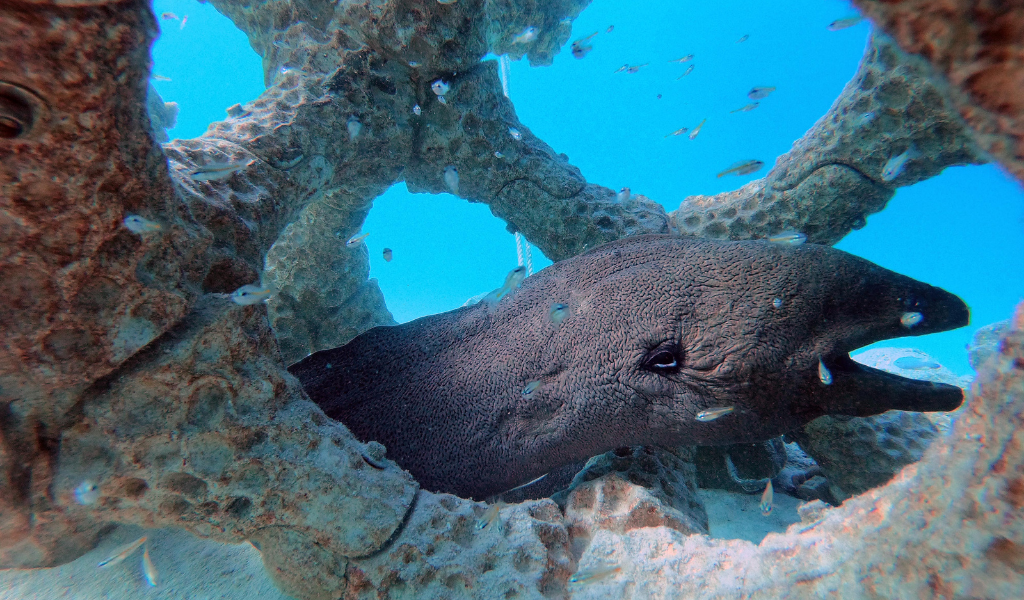
The 3-D printed reef aims to provide a new home for corals, fish and other marine species that now have found habitat in growing parts of the structure. A model of the Summer Island 3-D is currently on display at New York’s prestigious Museum of Modern Art (MoMA), in an exhibition entitled ‘Broken Nature’. This forward-thinking exhibition is based on the concept of “restorative design” offering an insight into diverse strategies in the effort to help humans repair their relationship to the environments that they share.